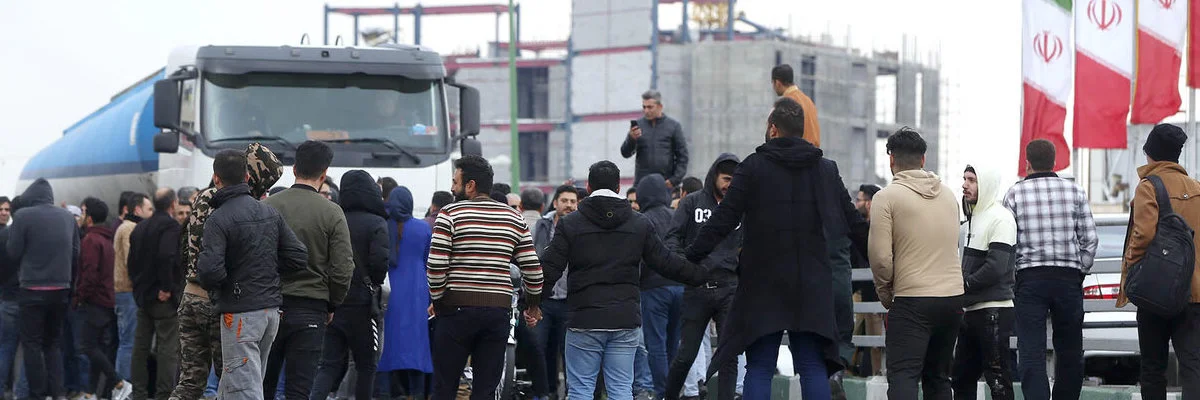Iran Moves on Ultra-Cheap Petrol
Iran imposed petrol rationing and raised pump prices by 50 percent or more on Friday, in a new move to cut costly subsidies that have fueled high consumption and rampant smuggling.
The Islamic republic provides some of the most heavily subsidized petrol in the world, with the pump price previously standing at just 10,000 rials (less than nine US cents) a liter.
Each driver with a fuel card will now have to pay 15,000 rials (13 US cents) per liter for the first 60 liters of petrol bought each month, the state-run National Iranian Oil Products Distribution Company said.
Each additional liter will be charged at 30,000 rials.
Fuel cards were first introduced in 2007 with a view to reforming the subsidies system and curbing large-scale smuggling.
The head of Iran's Planning and Budget Organization, Mohmmad Bagher Nobakht, said the proceeds from the price hike will be used to provide additional subsidies for 60 million people in need.
He said President Hassan Rouhani had insisted that "all extra revenues from the petrol price reform should be paid back to the people.”
"The first payments will be handled within the next week or 10 days," Nobakht told state news agency IRNA.
Ulta-low petrol prices have led to high consumption, with Iran's 80 million population buying an average of 90 million litres per day, according to state news agency IRNA.
They have also fuelled very high levels of smuggling—estimated at around 10 to 20 million litres per day, IRNA said.
Smuggling has intensified as the rial has plummeted against the dollar since Washington unilaterally abandoned a 2015 nuclear deal with Tehran and reimposed crippling sanctions last year.
Inflation is now running at more than 40 percent and the International Monetary Fund projects that the troubled economy will contract by nine percent this year and stagnate in 2020.
Photo:




